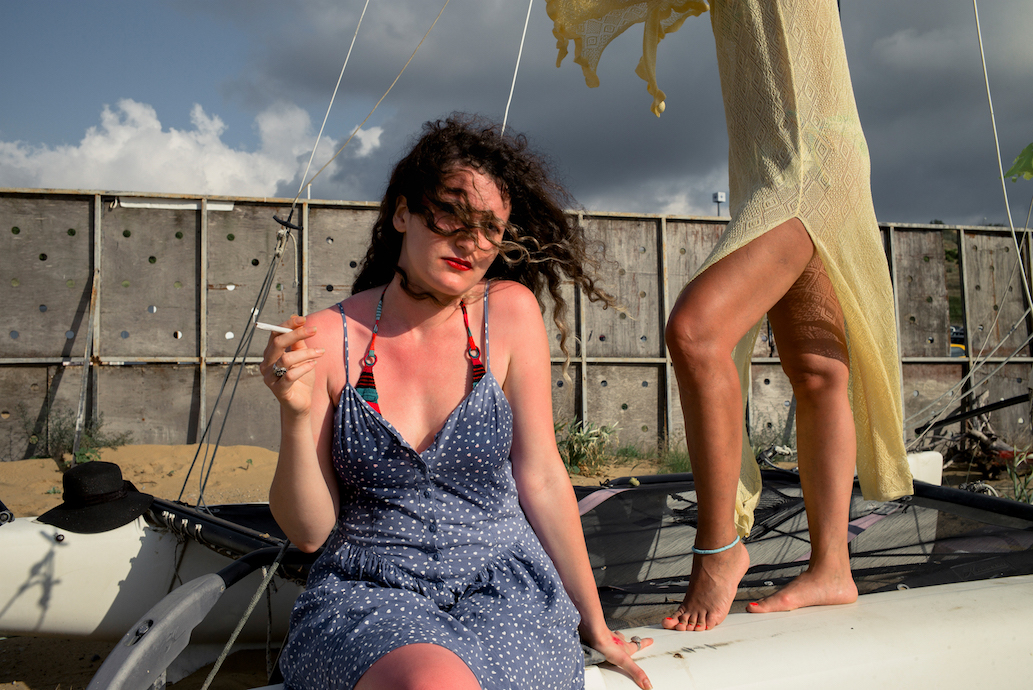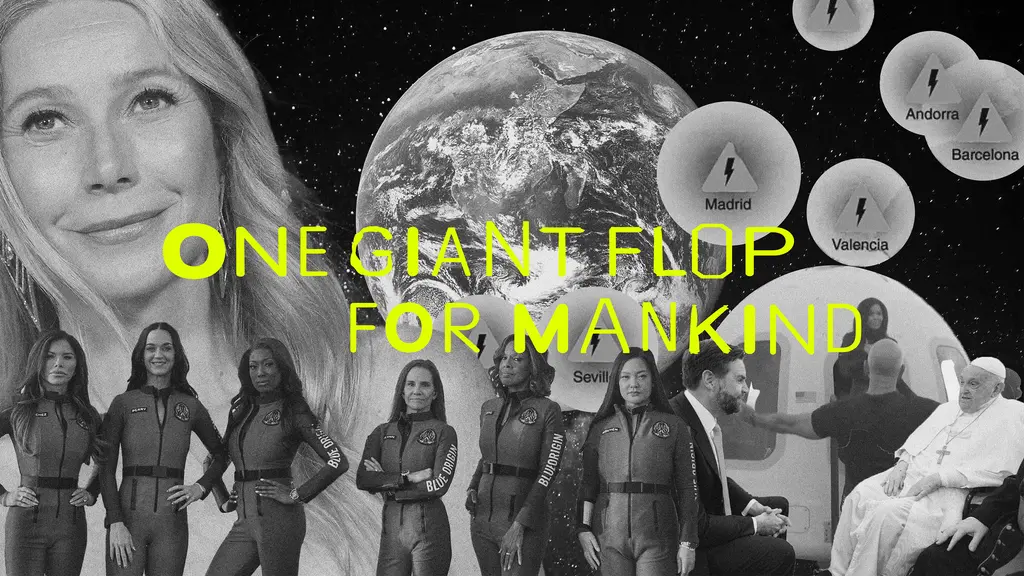Tender scenes of life on the edge of the Black Sea
- Text by Miss Rosen
- Photography by Susan Pektaş

For Suzan Pektaş, photography is a personal journey of revelation. Hailing from a Bulgarian city near the Black Sea, Pektaş fondly remembers childhood summers spent in a small hut on the beach, where her grandfather told mesmerising folk tales.
“My grandpa was an actor. He had an accident in his 40s and was forced to retire,” she says. “He was torn between dreams and delusion… His children and grandchildren were his audience. We kept him alive.”
When Pektaş was age 12, the family moved to Turkey and she never saw her grandfather again. But after his passing, she felt a calling to return to the Black Sea and traveled the coast of Bulgaria, Romania, Ukraine, Turkey, and Georgia.

Pektaş brings together photos taken on her travels in a new book, Dreams the Black Sea (Eyeshot), which draws inspiration from a tale her grandfather use to tell her of a lonely man in his 40s riding a white headless horse to the opposite shore of the Black Sea.
“Long journeys to far away lands call me, just as they do the man on the headless horse,” she says. “I thought of him as my hero, a surreal creature in a meaningful story and longed to add my own voice to my grandpa’s stories, which in time, had transformed into a personal mythology and guided me when I visited my homeland 25 years later.”
Pektaş reconnected with family and childhood friends to exchange memories. These became the basis for the photos she made. “We told stories from the past, which in many cases turned into a performance [for the photographs],” she says. “I wanted to highlight the surreal and magical aspects of our daily life. The scenes and people I framed often served as a reflection of my faded dreams and fantasies about this forgotten land.”


With Dreams the Black Sea, Pektaş blurs the boundaries between documentary, portraiture, and fine art, creating sweeping vistas and intimate moments that give it a cinematic touch. “This body of work is a dreamlike journey: mysterious and uncertain, stemming from my desire to carry the viewer to another perception of time and space, independent of when they were made,” she says.
“I come from Bulgaria but I define myself within a wider geography,” she says. “I connect with the physical and emotional landscape, including the socio-cultural structure, the mountains, the people of where I grew up. The Black Sea and its waters are the essential element that hold together a multitude of different cultures and lives. And it is where I have roots.”







Dreams the Black Sea is out now on Eyeshot.
Enjoyed this article? Like Huck on Facebook or follow us on Twitter and Instagram.
You might like

Largest-Ever Display of UK AIDS Memorial Quilt Opens at Tate Modern
Grief Made Visible — Comprising hundreds of panels made by lovers, friends and chosen family, the UK AIDS Memorial Quilt returns in full for the first time since 1994 – a testament to grief, friendship and the ongoing fight against HIV stigma.
Written by: Ella Glossop

In Medellín’s alleys and side streets, football’s founding spirit shines
Street Spirit — Granted two weeks of unfettered access, photographer Tom Ringsby captures the warmth and DIY essence of the Colombian city’s grassroots street football scene.
Written by: Isaac Muk

Remembering New York’s ’90s gay scene via its vibrant nightclub flyers
Getting In — After coming out in his 20s, David Kennerley became a fixture on the city’s queer scene, while pocketing invites that he picked up along the way. His latest book dives into his rich archive.
Written by: Miss Rosen

On Alexander Skarsgård’s trousers, The Rehearsal, and the importance of weirdos
Freaks and Finances — In the May edition of our monthly culture newsletter, columnist Emma Garland reflects on the Swedish actor’s Cannes look, Nathan Fielder’s wild ambition, and Jafaican.
Written by: Emma Garland

Why Katy Perry’s space flight was one giant flop for mankind
Galactic girlbossing — In a widely-panned, 11-minute trip to the edge of the earth’s atmosphere, the ‘Women’s World’ singer joined an all-female space crew in an expensive vanity advert for Jeff Bezos’ Blue Origin. Newsletter columnist Emma Garland explains its apocalypse indicating signs.
Written by: Emma Garland

We are all Mia Khalifa
How humour, therapy and community help Huck's latest cover star control her narrative.
Written by: Alya Mooro

